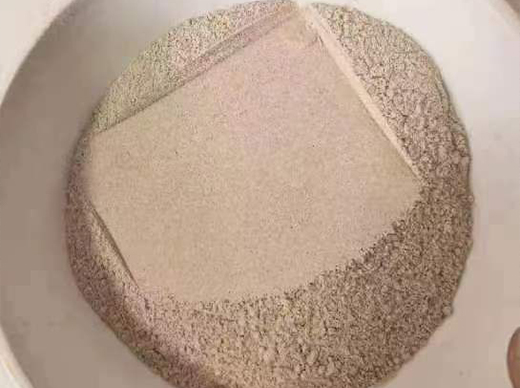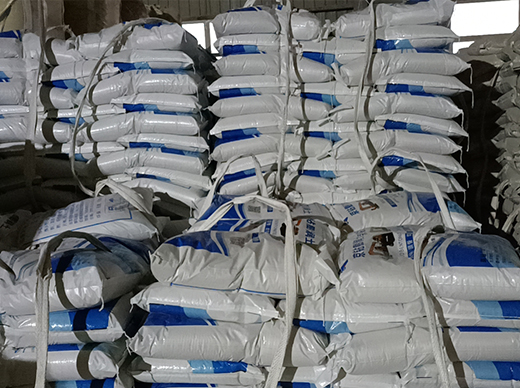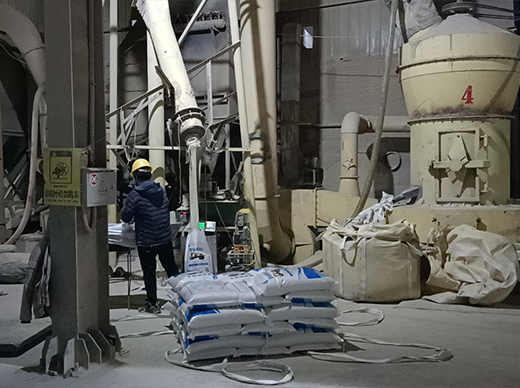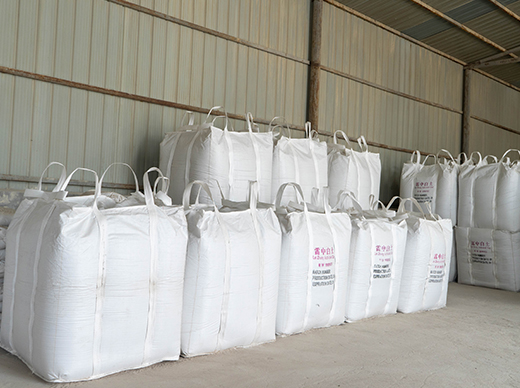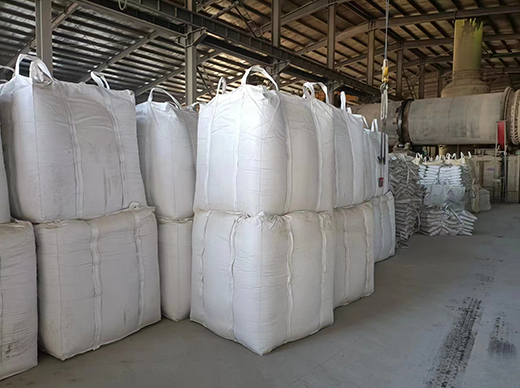Return
Montmorillonite Feed Series
The function of montmorillonite in feed:
Montmorillonite, also known as microcrystalline kaolinite, is a kind of aluminosilicate. Its main component is eight surface montmorillonite particles. It is named after Montmorillon in France, which was originally found in France.
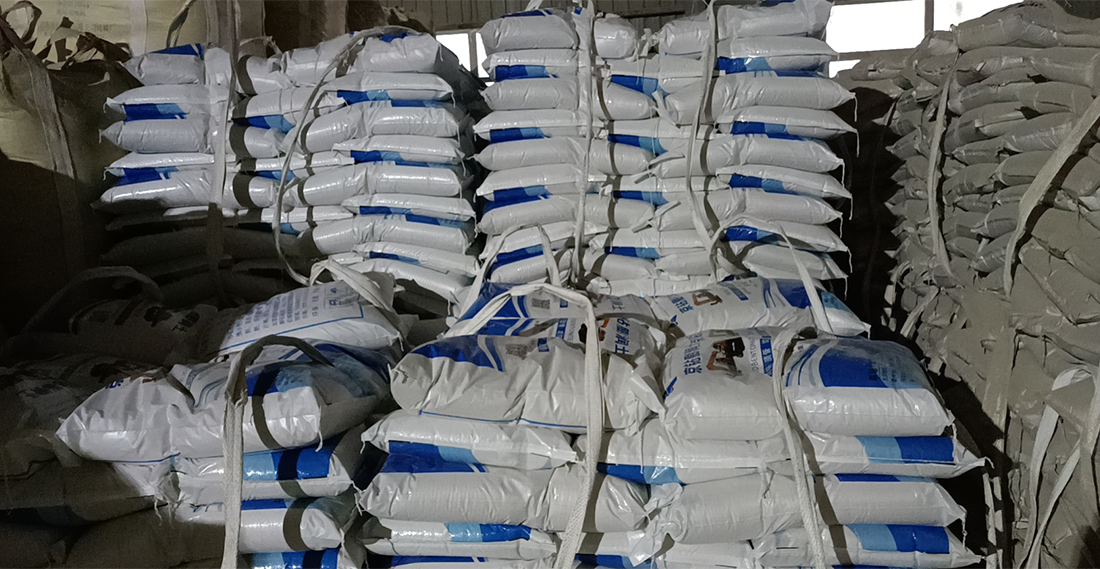
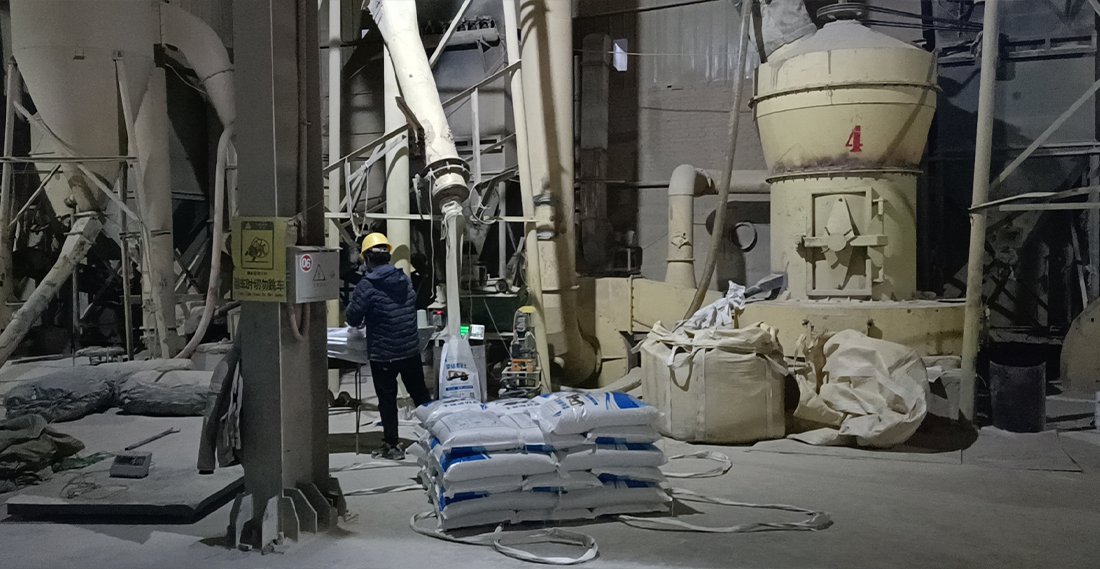
The function of montmorillonite in feed:
Montmorillonite, also known as microcrystalline kaolinite, is a kind of aluminosilicate. Its main component is eight surface montmorillonite particles. It is named after Montmorillon in France, which was originally found in France.
Montmorillonite has the function of enhancing immunity, preventing disease and improving healthcare, increasing appetite, helping digestion and regulating body balance. It supplements minerals and essential elements. Animal experiments have confirmed that montmorillonite contains many kinds of biological and functional macro-elements and trace elements which are necessary for the growth of livestock and poultry. In addition to Si, Al, it also contains Fe, Zn, Cu, K, Ca, Na, Mg, P, I, Se and other macro-elements and trace elements and biological active substances. These elements supplement the material needed for animal growth. They are also components to consist bioactive substances such as enzymes and hormones, and can change the activity of biological enzyme, hormone and immune reaction. They are in the form of exchangeable ions and soluble salts that are easily absorbed by animals. Based on the cation exchange capacity of the montmorillonite and the electronegativity of the charge uneven distribution, the polar hydrated film can be formed between the montmorillonite crystal layers. The virus, bacteria also have very good polarity, both by H-O-H VDW ( Van der Waals force ) rather than chemical bond, so that in the digestive tract, the virus, bacteria and their toxins are sucked into minerals. It has a strong fixation and inhibition. Mycotoxins and bacterial toxins absorbed and then excreted with the feces, so as to reduce the intestinal absorption of these toxins, to avoid harm to animal. In the digestive tract there is a large number of dispersion of montmorillonite in gel formation, which enhance coverage ability and protection, and by combining with the mucus glycoprote to improve the mucosal barrier’s defense function against the attacking factors, in quantity and quality aspects. Therefore, it is a good treatment for diarrhea, dysentery and other gastrointestinal inflammation. Due to its unique water swelling ability, high dispersibility, suspension property, thixotropy, lubricity, and absorbability, montmorillonite can improve the flavor of the feed, loose the feed, slow down the speed of the feed through the digestive tract, increase the nutrient reaction surface area, and absorb more nutrient, thus to improve the feed the utilization rate. It reduces the poultry manure in the water moisture, keep dry of hutment, so that it reduces ill incidence, and use of antibiotics and Zinc Oxide. Improving feed quality by using montmorillonite’s characteristics of mycotoxin adsorbent and diarrhea control, it can solve the problem of antibiotic resistance and residue, and successfully solve the high cost and side effects of Zinc Oxide. It is a new generation of green feed additives.
Product composition
|
Content(%。On dry basis as per adsorbed amount) |
>95 |
|
blue absorption power(g/100g) |
>42 |
|
Oxygen absorption power(mmol/100g) |
>105 |
|
Moisture |
<8 |
Product quality property
|
Appearance |
whiteness |
moisture |
Montmorillonite content % |
Particle size (C-325# mesh code) |
|
White, powder, yellow |
— |
<10 |
≥95 |
≥99 |
|
Aflatoxin adsorption capacity |
Zearalenone adsorption capacity |
Ochratoxin adsorption capacity |
Ergotoxine adsorption capacity |
Adsorption capacity of Fusarium oxysporum |
|
≥99 |
≥85 |
≥70 |
≥95 |
≥90 |
Product physical and chemical property
|
Property |
Value |
|
Montmorillonite content % > |
95 |
|
Particle size(-325# mesh code)% ≥ |
99 |
|
Moisture(105oC .zhr) ≤ |
10 |
|
Absorption capability g/g |
0.3-0.5 |
|
SiO2 % |
57%-67% |
|
Al2O3 % |
14%-27.0% |
|
Pb/(mg/kg) |
0.002 |
|
As/(mg/kg) |
0.003 |
|
Impurity |
No |
Usage and dosage:
① Mixed with feed evenly;
② Use 1.5-3 kgs per ton of feed;
③ Use 3-4 kgs per ton of feed in case of severe moldy feed;
④ Fattening cattle: 0.05-0.1 kg daily, i.e. 50 grams -100 grams
Sheep: 0.03 kg per day, i.e. 30 grams


